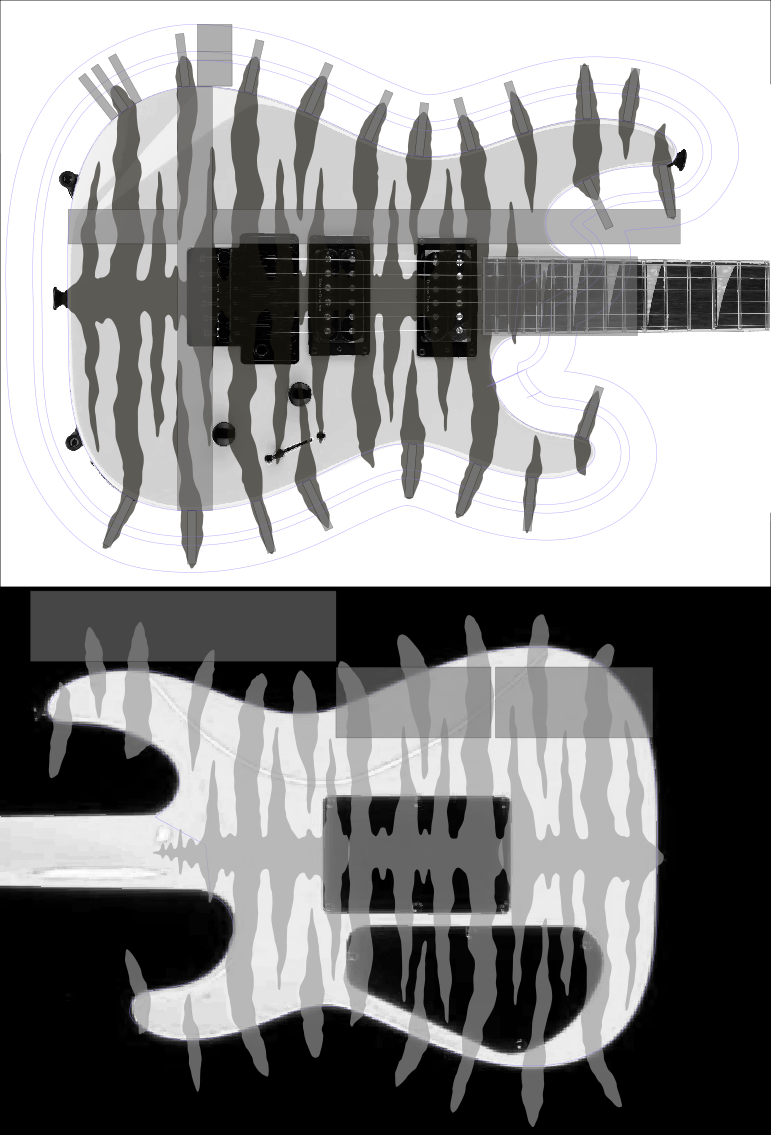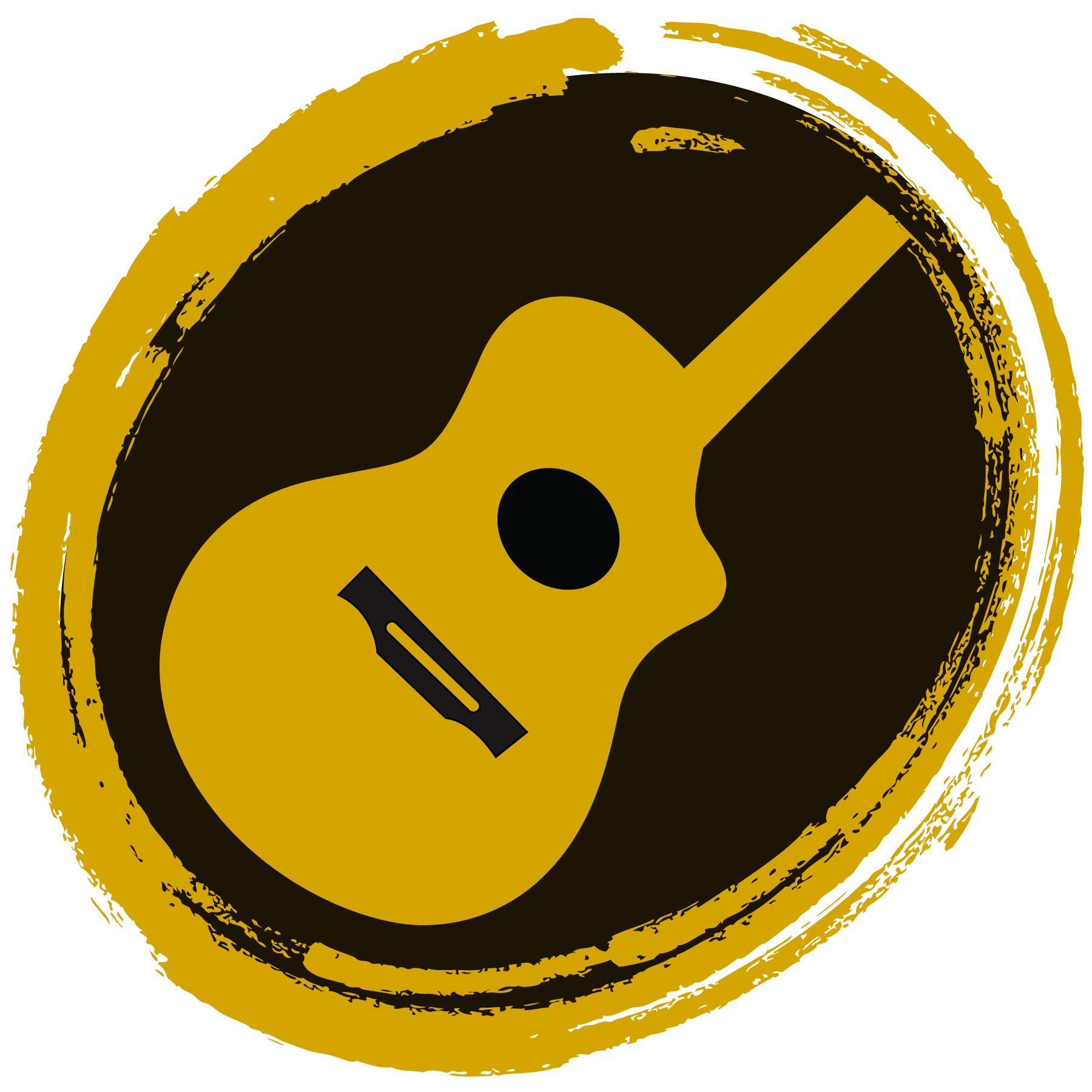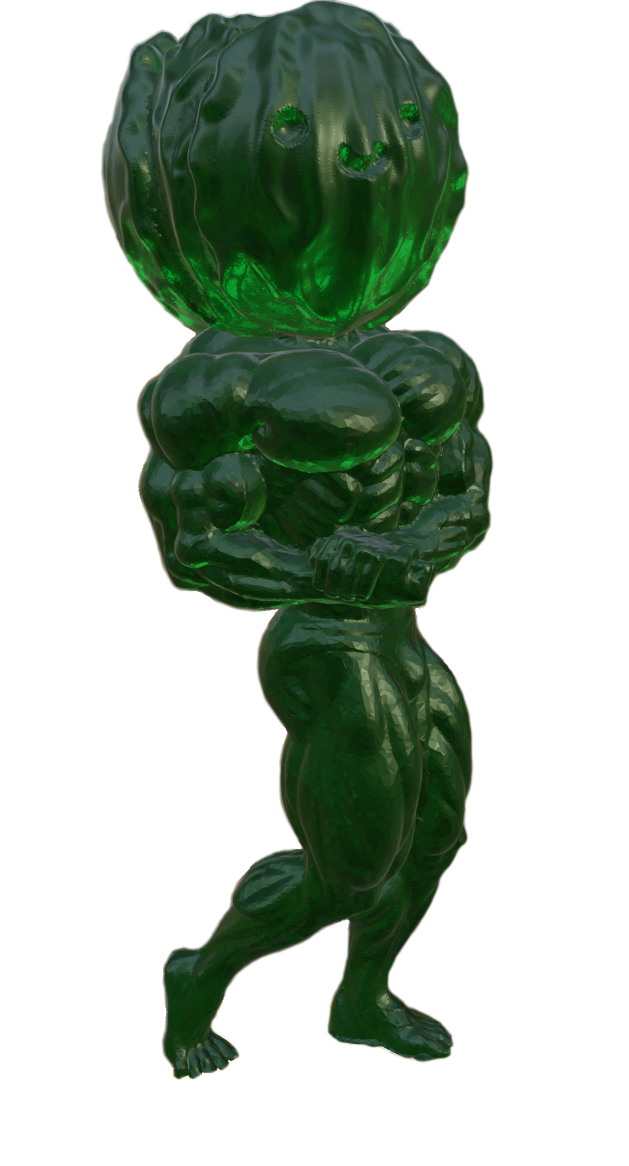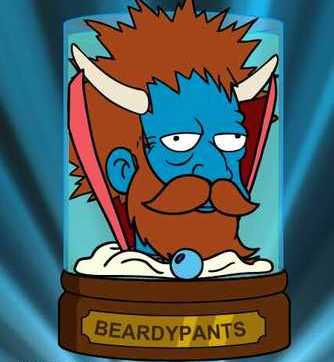You can even smell the hairspray through the photo. It’s just the cheapo import Jackson since I’m not made of money.
The older I get, the more I love the obnoxious colors. 😁
looks rad as fuck, good job!
Purdy is a word for it.
Yeah it’s definitely not for every situation but I’ll pull it out when it’s needed.
deleted by creator
Looks killer!
Btw a Cricut or similar can work wonders for this kind of thing if you prefer drawing on a computer. I had it cut out the pattern on an adhesive sheet instead of applying/shaping masking tape by hand. Gets a little wonky on the sides but I think it still turned out pretty well.
Great tip!
That is one rad axe, no better word for it!
Looks great! No better way to get a custom than to DIY.
I’m in the process of custom painting a bass. It’s been a learning experience but just going to keep sticking with it.
Looks awesome. How did you make the stripes?
Good question! And hard to answer concisely. Sometimes I consider myself an artiste, but this time I was a little more lazy in the artistic department.
I found a photo of another guitar whose tiger stripes looked good to me. I did a perspective transform on the photo to get a flat-image view of the stripes. I traced the image with a bezier curve and did quite a bit of tweaking, and I lined up the stripes against an outline shape of my guitar.
In places where a stripe would wrap around the side of the guitar, I had the stripe change angles so that it is orthogonal to the edge of the guitar, so that the stripe would stay perpendicular to the edge. I created some offset curves parallel to the guitar body profile, offset by a distance of the guitar’s thickness to give me an idea of how far the stripes need to extend past the outline of the guitar to wrap around properly. I used the mirror of the image for the backside of the guitar.
I used a Cricut cutting machine (and the official Cricut software) to cut out the stripes onto an adhesive sheet. Then I put the adhesive sheet onto another adhesive sheet (something called a “transfer sheet”), to facilitate putting it onto the guitar. And I did the same thing for the back side. I then peeled off the transfer sheet and wrapped the remaining part around the sides with quite a bit of overlap for the front/back.
I originally was going to use the negative as a mask for painting (or maybe just paint the negative from the positive mask), but the original adhesive was such a great color already that I decided to just keep it as is and do a clear coat over that.








